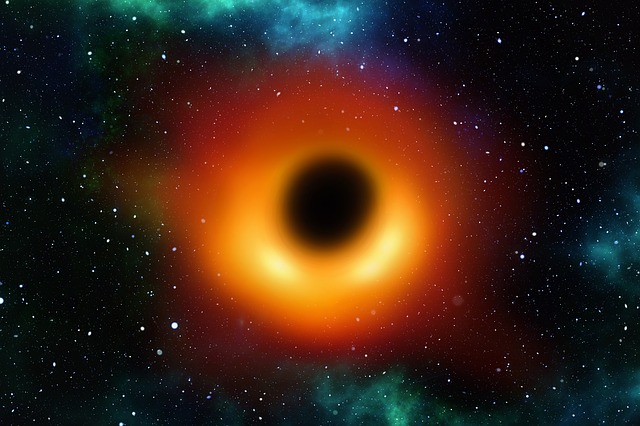Something interesting recently happened in the world of astrophysicists modeling the dark, when a high-speed gas cloud slam into what scientist named the G2, which was getting sucked towards the supermassive black hole in the middle of Milky Way.
Sagittarius A (Sag A), the name giving to the supermassive black hole in the center of the Milky Way has gotten the attention of scientist around the world for quite an age now. Most importantly in 2015 when scientist believed that the G2 revolving around the black hole will make its closest impact and might lead to fireworks in the galaxy got disappointed.
But DENVER astronomers took a chance with this event to start studying the speed change of the G2 as it is orbiting round Sag A. And recently, as the high-speed gas cloud slam into G2, astronomers from DENVER observed how much G2 as slowed as a result of this collision.
The researchers believed this will allow them to determine the density of the hot matter surrounding Sag A. Though scientists have always thought that Sag A is quiescent, but with this new event which has unfolded, astronomers hope this will give them more clue has what this glowing ring entails.
For them to be able to detect the rate at which the object slowed down. The researchers used the data collected from the GRAVITY an instrument which brings together infrared light to produce extra-sharp image and also Very Large Telescope (VLT). This allowed the physicists to view the object with the black hole which is almost invisible ordinarily with a telescope.
Now scientist believed that with the help of this finds they know what is in the immediate neighborhood of the black hole, has the study suggests that an atmosphere of around 4,000 particles per cubic centimeter in a distance of 1,000 times the radius of the black hole’s event horizon. Along with this discovery, the Event Horizon Telescope (EHT) which produced the first image of the black hole M87 will capture another image of the black hole of this event.


